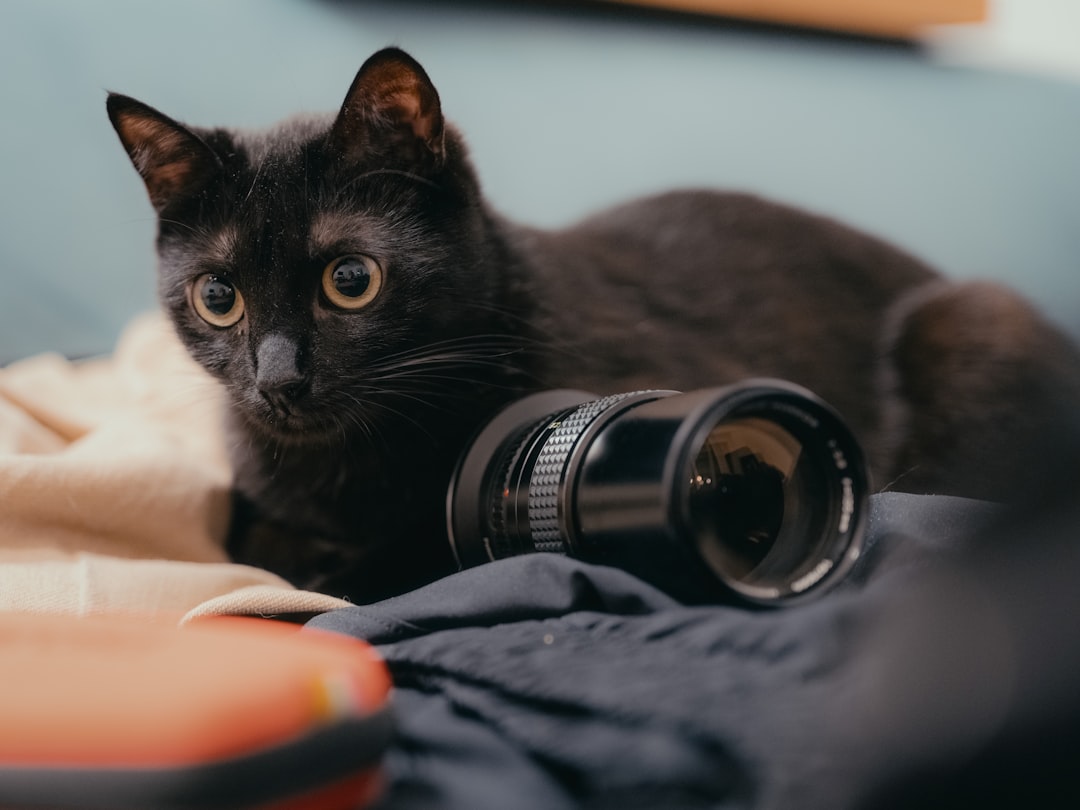
In the world of photography, equipment is more than just tools; they are extensions of our creative vision. Whether you’re a seasoned pro or just starting out, selecting the right gear can be a daunting task. But fear not! This guide is designed to help you navigate the vast sea of photography equipment and make informed choices that resonate with your style and budget.
Let’s start with the basics: the camera body. If you’re venturing into photography, you might be tempted to go for the latest high-end DSLR or mirrorless camera. While these can be fantastic tools, they can also come with a hefty price tag. Instead, consider your primary use case. Are you photographing landscapes, portraits, or perhaps street photography? A solid entry-level camera can serve you well without breaking the bank. Brands like Canon and Nikon offer great starter models that are user-friendly and produce excellent results.
Next, let’s talk lenses. The right lens can make all the difference in the world. If you’re on a budget, a versatile zoom lens can be a fantastic all-rounder. However, prime lenses are also worth considering. They tend to have larger apertures, resulting in better low-light performance and a beautiful depth of field. Plus, they can be significantly cheaper than high-end zooms. Think of it this way: every lens has its unique personality, and finding the one that matches your style can open up new creative pathways.
Now, for those who love to tinker, DIY photography equipment can be a game-changer. For example, you can create your own light diffuser using a white bedsheet and some clamps, or construct a tripod out of PVC pipes. Not only does this save money, but it also adds a personal touch to your gear collection. Plus, it can be incredibly satisfying to create something from scratch that serves your photographic needs.
But what if you’re looking to invest in something more luxurious? The allure of high-end equipment can be strong, but remember that expensive gear doesn’t automatically make you a better photographer. A Leica camera might turn heads, but it’s your vision and skill that ultimately produce captivating images. Focus on honing your craft first. Once you’ve reached a level of expertise, investing in quality gear can elevate your work, but always ensure it aligns with your artistic direction.
Let’s not overlook the importance of accessories. A sturdy tripod is essential for long exposure shots and landscape photography, while a good camera bag is vital for protecting your gear on the go. Don’t forget about filters! Polarizing filters can enhance colors and reduce glare, while ND filters allow you to shoot in bright conditions without overexposing your images.
Speaking of the environment, consider eco-friendly photography equipment. Many brands are now focusing on sustainable practices. You can find cameras made with recycled materials or companies that plant trees for every camera sold. This not only helps you feel good about your purchase but also contributes positively to the planet.
As we dive deeper into the digital age, emerging trends in photography equipment are worth noting. The rise of smartphone photography is one such trend. Modern smartphones come equipped with advanced cameras and editing apps, making them accessible for anyone wanting to explore photography. They can even compete with traditional cameras for certain types of photography.
Finally, let’s touch on the psychological impact of photography gear. The act of choosing and investing in equipment can enhance your motivation and creativity. The excitement of unboxing a new lens or camera can ignite a passion for photography that propels you into new adventures and learning experiences. It’s not just about the equipment; it’s about the stories, emotions, and moments that your gear will help you capture.
In conclusion, whether you’re looking to save on a budget or splurge on high-end gear, the key is to choose equipment that resonates with your photographic vision. Remember, the most important tool in your photography arsenal is not your camera or lens, but your creativity. So get out there, explore, and let your photography journey unfold!